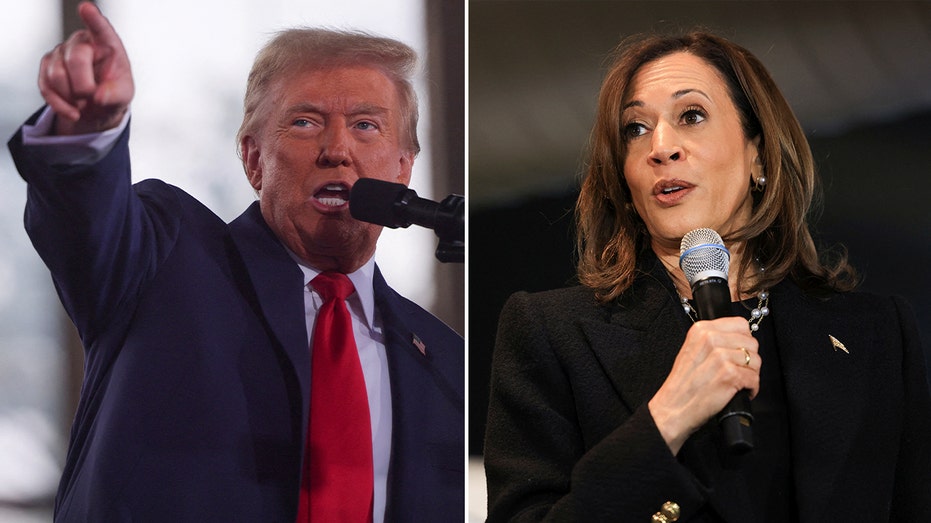As the United States gears up for another presidential election, focus is intensifying on certain counties across the nation known intriguingly as “bellwether” counties. Historically, these counties have gained an almost mystical status for their apparent ability to predict the eventual winner of national elections. They are often seen as microcosms of the broader electoral landscape, reflecting national trends and voter sentiments with remarkable precision. Understanding the dynamics within these pivotal regions can offer crucial insights into the possible outcomes at the polls.
Bellwether counties are essential because they regularly swing with the prevailing national political mood. Their voting patterns have aligned with the winning presidential candidate in numerous past elections, making them a focal point for political analysts and campaign strategists aiming to gauge national electoral trends. As candidates strategize for an edge in the contest, these counties represent battlegrounds where winning could mean gaining crucial electoral votes and ultimately, the presidency.
Each election cycle seems to reiterate the significance of these counties. Analysts and journalists initiate rigorous investigations into voter behavior, demographic changes, economic concerns, and cultural shifts within these regions. While some argue the bellwether status has been challenged in recent elections, their unpredictability and historical track record continue to make them worthy of attention. They serve as a political weathervane, signaling which direction the winds of voter sentiment might be blowing.
Several counties across the United States have earned this bellwether title, offering a substantial glimpse into what could potentially unfold on a national scale come election day. These counties are scattered across the country in states such as Florida, Ohio, and Pennsylvania, among others. These areas exemplify the nation’s deepening political divides and simultaneously, its remarkable electoral unity. They often consist of a balanced mix of urban and rural populations, with diverse economic activities and demographic profiles mirroring those of the United States as a whole.
One such county that frequently garners attention is Vigo County, Indiana.
Vigo County has an outstanding record, having been aligned with the winning presidential candidate in all but a few elections since the late 19th century. Notably, Vigo County faltered for the first time in decades during the 2020 presidential election. This anomaly has raised questions about whether its bellwether status might be waning or if it was just an outlier in its century-long accuracy.
Another prime example is Valencia County in New Mexico, which boasts an impressive streak, correctly predicting the presidential victor from 1952 until breaking its streak in the 2020 election. Known for its Hispanic-majority population, it reflects shifting demographic trends and political alignments, making it a fertile ground for study by strategists aiming to understand the growing influence of Hispanic voters in U.S. elections.
In Ohio, Mahoning County is frequently regarded as a key battleground. Situated in the heavily-contested Rust Belt, its residents have felt the strong impact of industrial shifts and economic policies over the years. The socio-economic challenges faced by the residents here often mirror those at a national level, such as job losses in the manufacturing sector, which have significant political repercussions.
Election strategists are keenly interested in these counties’ voters because they often consist of the so-called “swing voters” who do not have a consistent partisan alignment. These voters can shift from supporting candidates of one party in one election to another in the next. Their thought processes and decisions often typify broader electoral swings and are crucial in understanding what factors weigh heavily in the minds of American voters during an election cycle.
The analysis of voting patterns in bellwether counties is far from straightforward. Many factors make prognosticating based on these counties exceptionally challenging. The increasing polarization of the American political landscape has added a layer of complexity, making historical data less predictive in an environment where voter allegiances are constantly in flux. Furthermore, the rise of populism, changing media consumption habits, and the impacts of social media on political discourse require analysts to continuously update their models and assumptions.
While the bellwether counties align with the winning candidate most of the time, there is no guarantee that past performance will predict future results. External factors such as economic downturns, pandemics, or significant political events can dramatically shift the electoral landscape. Hence, while bellwether counties offer valuable insights, they should be seen as part of a broader mosaic of political indicators rather than standalone predictors.
Nevertheless, these counties remain undeniably fascinating to political operatives and the voting public alike. Their ability to oscillate between political parties based on prevailing winds makes them a critical focus for campaigns. Resources poured into these regions are substantial, reflecting their perceived importance. Outreach efforts, media campaigns, and candidate visits are all geared to sway opinions and capture the hearts and, most importantly, the votes of the residents in these crucial counties.
The influence of bellwether counties on presidential elections underscores a broader narrative about the complexities of American democracy. Their voting outcomes hint at broader national trends, helping to steer political discourse and campaign strategies. As election dynamics continue to evolve, these counties will likely remain central to the ongoing conversation about the future direction of the country’s politics.
As the 2024 presidential elections approach, every major political analyst, campaigner, and voter will likely keep their eyes on these bellwether counties, hoping to glean insights from their voting patterns. With history as a guide, these regions may once again play a decisive role in electing the next leader of the United States, ensuring their place at the epicenter of American political life remains unchallenged.
































